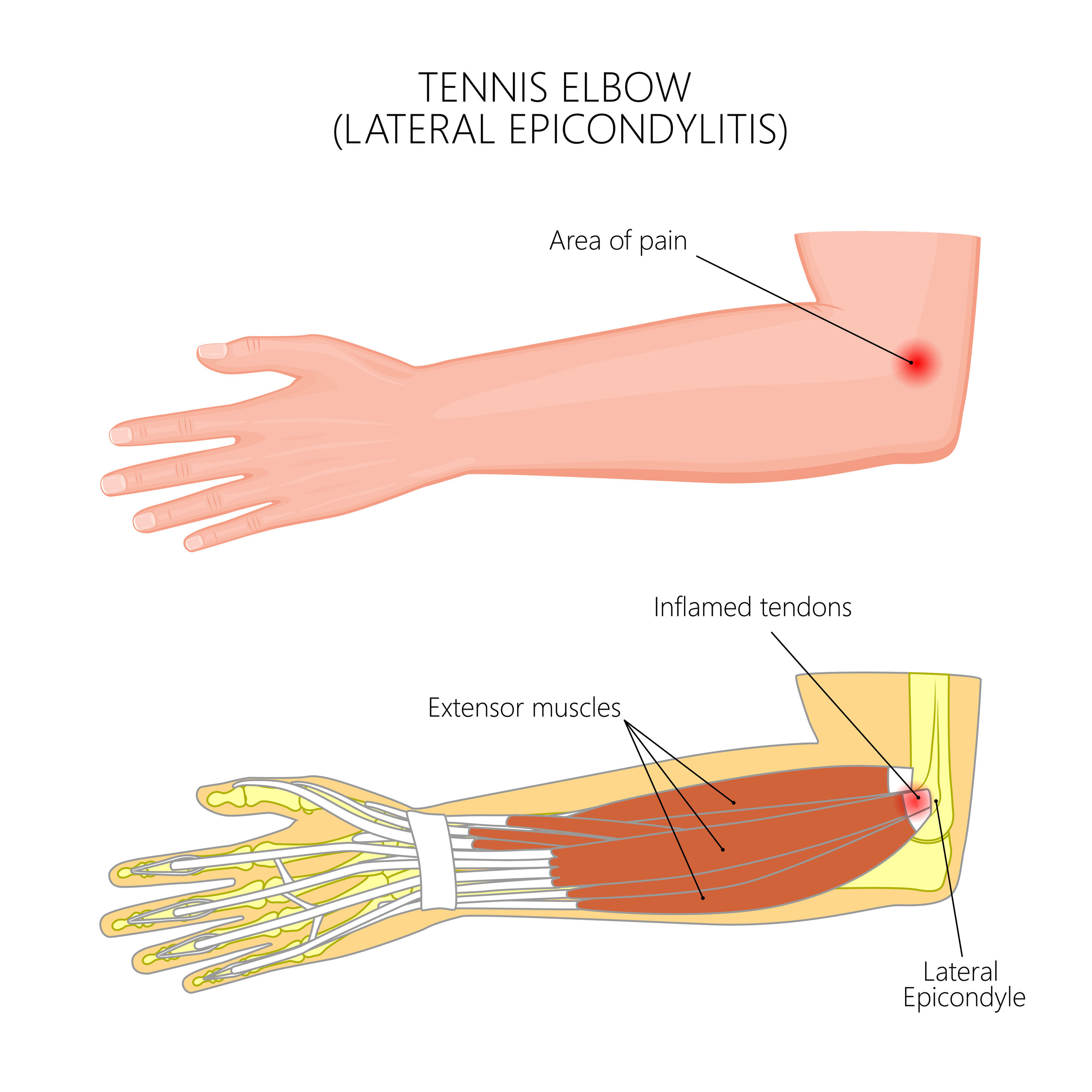Kheya McGill graduated from UBC with a Bachelors Degree in Kinesiology. A lifelong Tsawwassen resident, Kheya has recently joined Ladner Village Physiotherapy as a registered kinesiologist. In this article, she reviews the most common causes of shoulder pain in overhead movements common with volleyball players and five great exercises to help combat the pain.
Shoulder pain is common in volleyball players, particularly while arms are in the overhead position. The shoulder is one of the most mobile joints in our body, meaning it is also one of the most unstable joints. If you enjoy playing volleyball (or other overhand activities such as lacrosse, tennis or fly fishing), chances are you’ve experienced shoulder pain at some point whether that be soreness, stiffness or sharp pain.
What causes overhead shoulder pain?
Common causes of overhead shoulder pain include:
Shoulder impingement - A shoulder impingement occurs when tendons get “impinged” or compressed between the head of the humerus (aka the arm bone) and the bony architecture of the scapula (aka the shoulder blade). When you lift your arm overhead, the space between these bones in your shoulder decreases and increases pressure on the tendons. This can cause irritation, which can lead to an impingement.
Rotator cuff injury - The rotator cuff is a group of 4 muscles which surround your shoulder. These muscles help move the arm and scapula, while protecting the shoulder. Rotator cuff injuries are common and can occur for many reasons, including overuse, trauma, or degeneration. (Need more on this? Read our blog on the rotator cuff!)
Osteoarthritis - A degenerative joint disease, osteoarthritis causes problems with the cartilage, synovial membrane, ligaments and bone in a joint. Osteoarthritis can cause tissue loss, remodeling, inflammation and lead to loss of normal joint function. A history of shoulder injuries leads to a higher risk of developing osteoarthritis here. Remember, arthritis isn’t just seen in “old” people!! (For more on osteoarthritis, read our blog!)
How can I improve my shoulder pain?
Although these injuries are all quite different, the good news is all of them can be improved with the right exercises! Here are a few of our favourite exercises and stretches to add to your routine:
1. Internal and external rotation with band
Using a band, secure one end of the band to a stable point (we suggest tying a large knot in one side and securing the band behind a door).
Internal rotation:
Grab the band with your hand so that the band is pulling your hand away from your body
Bend your elbow and tuck it gently into your side
Move your hand from the outside of your body towards the inside, bringing your hand closer to your belly
External rotation:
Turn your body around so the band is now going in front of your body and pulling your hand towards your body
Bend your elbow and tuck it gently into your side
Move your hand away from your belly while keeping your elbow tucked in
2. Shoulder flexion with resisted external rotation
Put a band around your forearms and bend your elbows at 90 degrees
With your arms shoulder width apart, place small amount of tension in the band, and lift your arms up from the shoulder
3. Thoracic spine openers
Start laying on your side, with your hips and knees bent in front of you
Place both arms straight out in front of your chest
Keeping your bottom arm on the floor, reach your top arm across your body and towards the floor on the other side, opening the chest
Follow your top hand with your head and eyes, and then slowly return to starting position
4. I, Y, T, W’s
Laying on your stomach, face down, with your arms overhead, thumbs pointing upwards (You may want to place a folded dish towel under your forehead - this helps you keep a neutral neck and breathe!)
Pick a position (I, Y, T or W) and raise your arms, pulling your shoulder blades together
Lower your arms back down to the ground, and repeat
Try in each position to target different muscle groups
5. Pectoral stretches
Standing next to the corner of a wall, place your forearm against the wall, with your arm and shoulder at 90 degrees
Lean your body forward until you feel a stretch across your chest
Play around with the height of your arm to stretch different portions of your pectoral muscle
There you have it! Five simple exercises you can do at home or add to your daily workout routine to improve shoulder pain and scapular stability.
If you’re suffering from shoulder pain, give us a call at (778) 630-800, email us or book online to seek treatment from a physiotherapist or to work with a registered kinesiologist.










